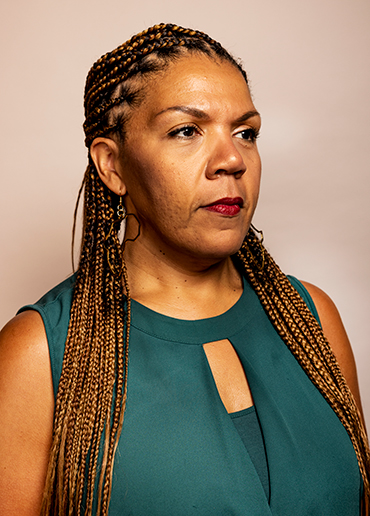Inclusiveness, diversity, and equity; dedication to antiracism
Starting with the Brown-Tougaloo partnership in the 1970s, the Medical School has shown its commitment to supporting inclusion and belonging efforts. Patricia Poitevien ’94 MD’98, MSc, senior associate dean for diversity, equity, and inclusion, shares the evolution she’s seen–and what lies ahead.

Patricia Poitevien ’94 MD’98
What do you recall about the atmosphere of diversity and inclusion at Brown when you were an undergraduate and in medical school in the 1990s?
I’d spent four years in undergrad at Brown really learning the meaning of inclusivity—before inclusion was a word that was commonly used. The practices of inclusivity were a part of my undergraduate experience. [That said,] it felt like the Medical School was a separate place in terms of its culture and focus.
Can you talk about how it felt different when you returned 20 years later as the Department of Pediatrics residency program director and an assistant dean with the Office of Diversity and Multicultural Affairs?
When I came back in 2018, there had been many changes to the Medical School. It was a very different place, in positive ways—certainly ahead of many of its academic medical institution peers.
It offered discussions on Race in Medicine in the Health System Science course and the Doctoring course. There was also the Race, Health and Structure of Inequality course led by [Professor of Pathology and Laboratory Medicine and of Africana Studies] Lundy Braun.
Another notable change was the amplification of the student voice: students were really leading the way and encouraging us to move forward with an equity lens, even beyond what was already being done at the Medical School.
How have these efforts evolved since you arrived?
Today, we’re trying to drive the agenda as an administration: we don’t want it to be the responsibility of the students.
For example, the curricular development is incredible. Our Health System Science course delves into how social determinants of health impact patients. We’re also in the process of developing a third-year clerkship on antiracism, because it’s important for students to learn how to implement antiracism into their practice in a practical manner every single day.
In addition to my role, we’ve hired an assistant dean of inclusive teaching and curriculum to review and assess the curriculum to make sure that it has an inclusive lens, from photographs to language.
What makes you optimistic about the trajectory of the institution’s diversity, equity, and inclusion efforts?
People come to Brown because they know that they can make a change in the world. It’s what attracted me many years ago, and it’s still a part of the culture and the fabric of who we are. This is what drives our work forward.
It’s an enormous privilege to be in a space where so much [positive]energy already exists. I don’t spend my time convincing people that equity is important—I spend my time figuring out systems and strategies to make DEI efforts stronger, more efficient, and better resourced. At Brown, we stand up for what’s right. We roll up our sleeves and do the hard work. All of that is really a part of the vision and what continues to fuel us.




